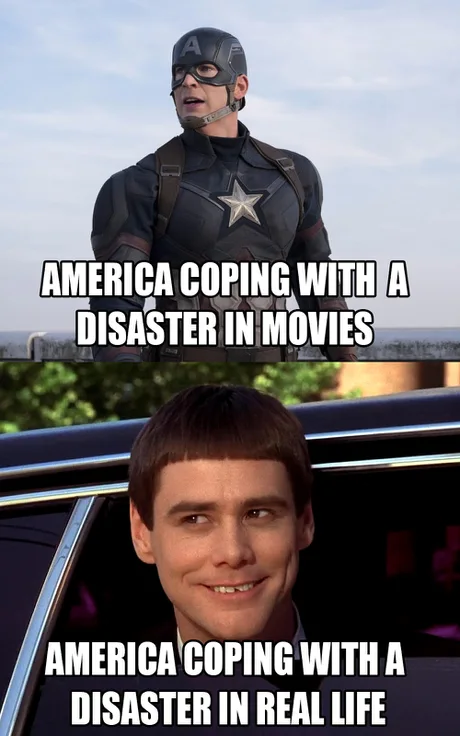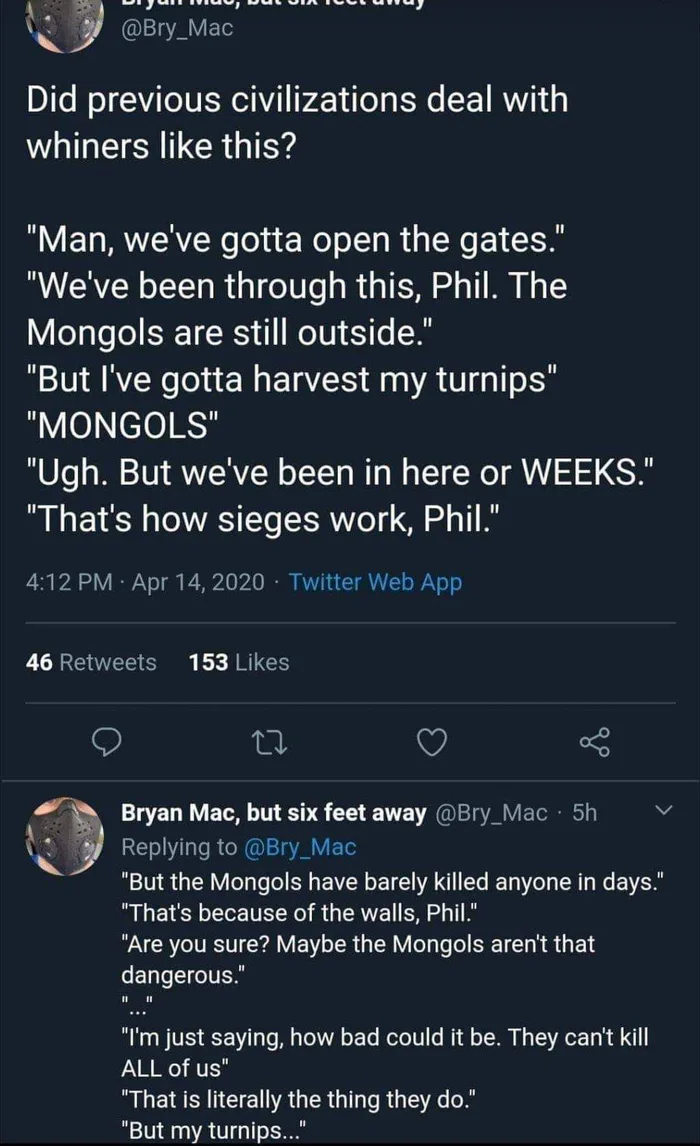.
The point of delaying actions is to threaten the advancing hostile force enough to force it from a marching stance into a combat stance. The vehicles leave the road, deploy into combat formations, probe, use otherwise ignored routes to flank the defender and so on. All this takes a lot more time than to keep advancing along a road. The delaying force then retires before it gets involved in too much combat and ideally the next delaying force repeats the trick so the original one can prepare another such delay in its back.
The training (and technical communication & navigation capabilities) of the attacking force is hugely influential for how quickly it can deploy for battle (and revert to marching order).
Another hugely important factor is whether the attacking force is armour-centric or infantry-centric.
Armour can be very quick in such actions. Infantry-centric forces have a much greater difference between road march speed and battle movement speed. Infantry-centric forces may use their line of sight firepower (including from wheeled IFVs and missiles) together with direct fires to defeat defenders, but it should under most circumstances take much longer than for a competent armoured force.
An important difference between infantry-centric and tank-centric forces is how selective infantry has to be in regard to choice of routes. It has to exploit the microterrain for cover and concealment, and any of their lightly protected armoured vehicles would have to do so (if capable) to a greater degree than tanks, too. The greater stealthiness requirement slows down infantry even more in addition to its lower nominal speed limit.
A delaying action should thus be much more effective against infantry-centric forces than against tank-centric forces. A tank force might be delayed for minutes when the very same delaying effort could delay an infantry-centric force by an hour. Moreover, the road march speed of an infantry-centric force (which typically lacks tracked vehicles) is usually higher than that of a tank-centric force.
A slowed (and more or less slowly weakened) brigade or battlegroup would often be a good target for indirect fires, a flank attack or even a pincer attack. Slowness is self-defeating in mobile warfare.
An important difference between infantry-centric and tank-centric forces is how selective infantry has to be in regard to choice of routes. It has to exploit the microterrain for cover and concealment, and any of their lightly protected armoured vehicles would have to do so (if capable) to a greater degree than tanks, too. The greater stealthiness requirement slows down infantry even more in addition to its lower nominal speed limit.
A delaying action should thus be much more effective against infantry-centric forces than against tank-centric forces. A tank force might be delayed for minutes when the very same delaying effort could delay an infantry-centric force by an hour. Moreover, the road march speed of an infantry-centric force (which typically lacks tracked vehicles) is usually higher than that of a tank-centric force.
A slowed (and more or less slowly weakened) brigade or battlegroup would often be a good target for indirect fires, a flank attack or even a pincer attack. Slowness is self-defeating in mobile warfare.
- - - - -
I've seen people trying to justify brigade designs that lack main battle tanks or powerful infantry fighting vehicles by pointing out their (notional) ability to defeat tank brigades with missile firepower.
Well, that's nice to have.*
I still cannot see how an infantry-centric force could possibly advance quickly against a competent and intact hostile force of half its manpower size. Both infantry-centric and armour-centric brigades should be able to slow down an advancing infantry-centric brigade or two in most Eastern European terrains.
I don't trust in-service ATGMs. Formations without tanks would still be tactically slower and more vulnerable than formations without tanks even if ATGMs work as advertised. It's this slowness of infantry-centric land battle designs that disqualifies the fashionable no-tracks brigade types for mobile land warfare under many if not most conditions.**
S O
*: Well, it's nice if you really think your enemy doesn't have the means to defeat your ATGM
guidance after its operating principle has been public knowledge for
30+ years. And then you also need to trust the ATGM warhead.
**: There may be situations in which an all-wheeled battlegroup successfully executes a deep raid in modern chevauchée fashion. It would be essential to not face a powerful aerial threat and to avoid getting caught up in battle with strong hostile forces. Essentially, their reaction to a threat would need to be evasion, not deployment for battle. This would be an available course of action in some circumstances (only).
.
**: There may be situations in which an all-wheeled battlegroup successfully executes a deep raid in modern chevauchée fashion. It would be essential to not face a powerful aerial threat and to avoid getting caught up in battle with strong hostile forces. Essentially, their reaction to a threat would need to be evasion, not deployment for battle. This would be an available course of action in some circumstances (only).




